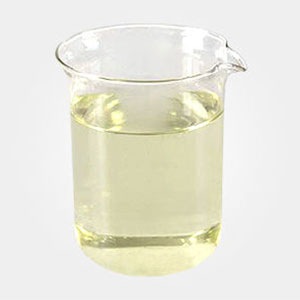TH-261 Alkali Detergent for RO Membrane
NANJING FINECHEM HOLDING CO., LTD
Frequently Asked Questions
What is TH-261 Alkali Detergent for RO Membrane?
The stability of reverse osmosis system operation depends on the level of pretreatment of raw water
quality. But in any case, reverse osmosis will be polluted to varying degrees after running for a
certain period of time (generally 3-12 months), and chemical cleaning is a necessary means to restore
membrane performance. TH-261 Alkali Detergent for RO Membrane is a special cleaning agent specially
developed for removing oil, organic matter and biological mucous membrane.
The characteristics of TH-261 Alkali Detergent for RO Membrane?
(1) It is suitable for all brands of aromatic polyamide film and acetate film.
(2) It can efficiently remove oil, organic matter and biological mucous membrane from the membrane
surface.
(3) Increase the temperature, the effect is better.
(4) Adjust the pH of the diluent to maintain it at 10.5±0.5.
(5) Liquid medicine, which can shorten the mixing time.
(6) It is reusable.
TH-261 Alkali Detergent for RO Membrane is a high PH liquid formula, used to remove oil, organic matter
and biological mucous membrane.
The cleaning instructions?
(1) Check and clean the water tank, pipeline and filter, and install a new filter element if
necessary.
(2) Pour an appropriate amount of reverse osmosis product water into the cleaning tank.
(3)Add the calculated dosing amount slowly, circulate the mixed lotion with a clean water pump, measure
the pH between 10.0-11.0, if it is too low, add an appropriate amount of NaOH.
(4) Circular cleaning, the time depends on the severity of the pollution, generally 1-10 hours, if the
time is long, it can be soaked for a certain period of time and recirculated. During the cleaning
process, take samples to observe the cleaning effect, that is, the turbidity, color change, and presence
or absence of flocs of the liquid medicine.
(5) If the pollution is serious, sometimes it is necessary to completely drain the first batch of
cleaning solution to prevent the re-deposition of pollutants, and then remake the cleaning solution.
(6) During the circulation process, appropriately increasing the temperature will help the cleaning
effect, but do not exceed the specified temperature. Note that continuous circulation of the feed liquid
will cause the temperature to gradually increase.




